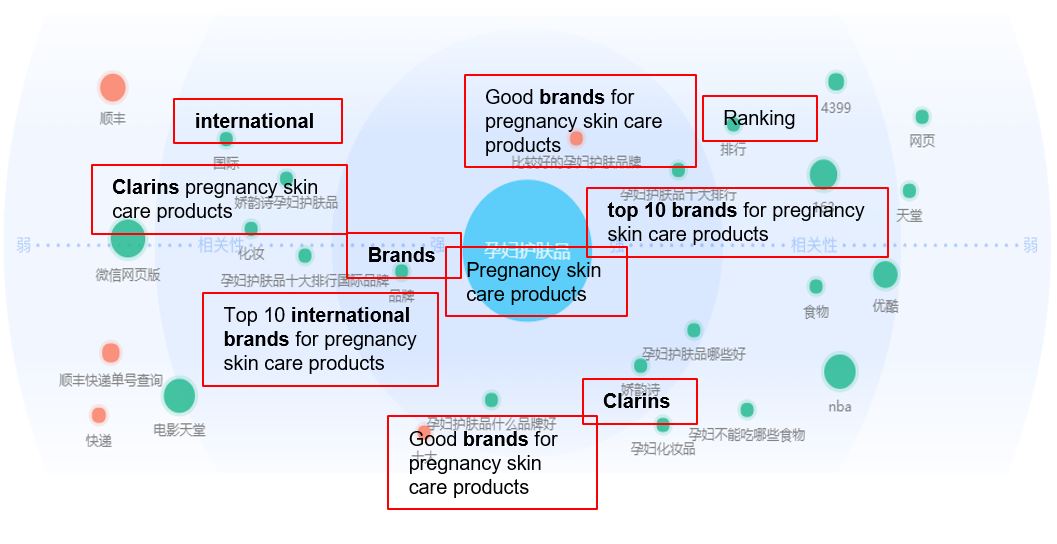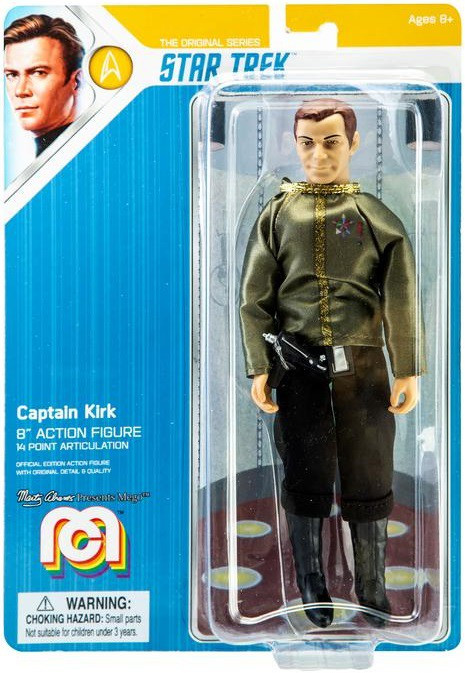International Brands
Press Releases

/ International; International Strategy. From a single store in 1963 to today’s powerful portfolio, L Brands has grown our successful brands by first focusing on the domestic market. Now, through both wholly owned stores, franchise partnerships and our direct businesses, our best-in-class brands are reaching customers around the world. Drinks International is the global choice for the drinks industry, providing news, analysis, comment and research on global markets, brands and drinks categories. Brands.International helps you get best domain names in the world. Business Owner s. Domain Investors. Marketing Experts. Business Owners. Get beautiful, short and clean world-class domain name from us. Use it as a new brand.
July 9, 2008 - InternationalBrands.com is pleased to announce the redesign of the website freediets.com
May 27, 2008 - InternationalBrands.com proudly announced the launch of a new new dictionary website at www.thedictionary.com.
May 27, 2008 - InternationalBrands.com proudly announced the launch of a new domain name website at www.bargainname.com
April 3, 2008 - InternationalBrands.com proudly announced the launch of a new wine website at winelist.com
March 5, 2008 - InternationalBrands has launched a new designer purse website at designerpurse.com
Sites
We are currently running and developing several targeted business that count on the support of high quality traffic.


Building a global brand requires more than just launching a web site that's accessible from almost anywhere in the world.


From language missteps to misunderstanding cultural norms, veteran branding expert Barbara E. Kahn has seen it all when it comes to the missteps of launching a brand across borders. Here, she shares five tips to help entrepreneurs avoid the pitfalls.
Related: The Secrets of 7 Successful Brands
1. Understand customer behavior.
Just because consumers have certain buying preferences or habits in one culture, doesn't mean that such preferences are universal. 'It's astonishing how many retailers haven't made it because they haven't studied how consumers shop,' she says.
In her book, Global Brand Power (Wharton Digital Press, 2013), Kahn cites Walmart's mistake in choosing locations in China that were near industrial parks when consumers were used to shopping closer to home instead of near work.
2. Position yourself properly.
Good brand positioning includes truly understanding your competition and then looking at your competitive advantage. Who are the providers of similar products and services that you sell in this country? They may not be the same providers as in the U.S.
For example, if you sell athletic clothing, look at where people are buying their athletic clothing. It could be from specialty stores, online retailers, or sporting goods stores. If you have a high-end brand and you're going into a market where the preferred buying location is discount retailers, it may take a different strategy from the one you use in the U.S. 'You need to understand how people shop and how your brand will fit into that mix,' she says.
3. Know how your brand translates.
A clever brand or product name in one language may translate into an embarrassing misstep in another. For example, the French cheese brand Kiri changed its name to Kibi in Iran because the former name means “rotten” or “rank” in Farsi -- not exactly the association you want for cheese.
In addition to ensuring that your brand translates well into other languages, consider which colors are favored in various markets. In the U.S., blues and greens are favored, while reds and yellows are frequently used in some Latin American countries and may be appealing and familiar to audience members from those areas.
Related: 5 Big Brand's Mistakes Solved
4. Think broadly.
Since your company may need to expand into offering new products based on regional market demands, it's important that your company name be broad enough to accommodate those changes.
'Boston Chicken changed its name to Boston Market because it had expanded into other foods,' Kahn says. If your company name is Brian's Computers for example, consider whether that will be limiting in other markets if you also sell peripherals and services, she says.
5. Find good partners.
Work with your attorney to protect your intellectual property overseas, filing the appropriate trademark and patent protections in the U.S. and elsewhere, if applicable. Find trade representatives who come recommended from colleagues or state or federal trade offices, since they're more likely to be reputable.
If you decide to license your product or service name to a manufacturer or provider overseas, exercise tight controls to make sure that the provider is reputable and won't misuse or misappropriate your name and will adhere to your quality control standards. 'When you put your brand name on [a product or service], you want a consistent experience so that every time, people have it, they understand the values of the brand,' Kahn says.
Restaurant Brands International Headquarters
Related: Forget What Your Customers Need; Branding Is About What They Want